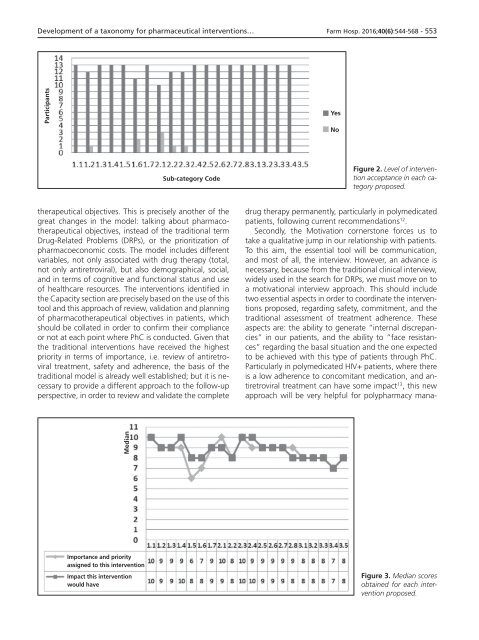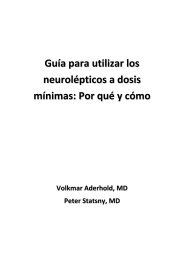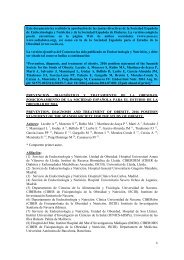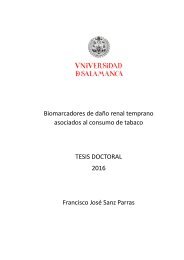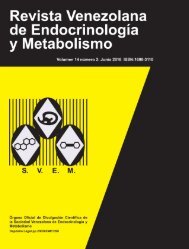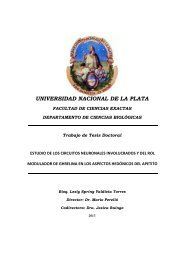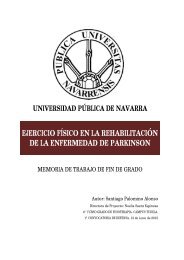Noviembre-Diciembre
156_v40n6(1)
156_v40n6(1)
Create successful ePaper yourself
Turn your PDF publications into a flip-book with our unique Google optimized e-Paper software.
Development of a taxonomy for pharmaceutical interventions… Farm Hosp. 2016;40(6):544-568 - 553<br />
Participants<br />
Yes<br />
No<br />
Sub-category Code<br />
Figure 2. Level of intervention<br />
acceptance in each category<br />
proposed.<br />
therapeutical objectives. This is precisely another of the<br />
great changes in the model: talking about pharmacotherapeutical<br />
objectives, instead of the traditional term<br />
Drug-Related Problems (DRPs), or the prioritization of<br />
pharmacoeconomic costs. The model includes different<br />
variables, not only associated with drug therapy (total,<br />
not only antiretroviral), but also demographical, social,<br />
and in terms of cognitive and functional status and use<br />
of healthcare resources. The interventions identified in<br />
the Capacity section are precisely based on the use of this<br />
tool and this approach of review, validation and planning<br />
of pharmacotherapeutical objectives in patients, which<br />
should be collated in order to confirm their compliance<br />
or not at each point where PhC is conducted. Given that<br />
the traditional interventions have received the highest<br />
priority in terms of importance, i.e. review of antiretroviral<br />
treatment, safety and adherence, the basis of the<br />
traditional model is already well established; but it is necessary<br />
to provide a different approach to the follow-up<br />
perspective, in order to review and validate the complete<br />
drug therapy permanently, particularly in polymedicated<br />
patients, following current recommendations 12 .<br />
Secondly, the Motivation cornerstone forces us to<br />
take a qualitative jump in our relationship with patients.<br />
To this aim, the essential tool will be communication,<br />
and most of all, the interview. However, an advance is<br />
necessary, because from the traditional clinical interview,<br />
widely used in the search for DRPs, we must move on to<br />
a motivational interview approach. This should include<br />
two essential aspects in order to coordinate the interventions<br />
proposed, regarding safety, commitment, and the<br />
traditional assessment of treatment adherence. These<br />
aspects are: the ability to generate “internal discrepancies”<br />
in our patients, and the ability to “face resistances”<br />
regarding the basal situation and the one expected<br />
to be achieved with this type of patients through PhC.<br />
Particularly in polymedicated HIV+ patients, where there<br />
is a low adherence to concomitant medication, and antiretroviral<br />
treatment can have some impact 13 , this new<br />
approach will be very helpful for polypharmacy mana-<br />
Median<br />
Importance and priority<br />
assigned to this intervention<br />
Impact this intervention<br />
would have<br />
Figure 3. Median scores<br />
obtained for each intervention<br />
proposed.


